Chinese cuisine is a tapestry of flavors, techniques, and ingredients that have been honed over thousands of years, reflecting the country's rich history and diverse cultural influences. As one of the world's most celebrated gastronomic traditions, it is known for its complexity, balance, and the sheer variety of dishes that span from the humblest street food to the most exquisite banquet fare. In this article, we will delve into the English terminology of some of the most iconic dishes and culinary concepts that define Traditional Chinese Cuisine.
Dumplings (饺子, Jiaozi)
Dumplings are a staple in Chinese cuisine, particularly during festivals like Chinese New Year. They symbolize wealth and prosperity due to their shape, which resembles ancient Chinese gold ingots. There are various types of dumplings, including steamed (sheng jiao), boiled (shui jiao), and pan-fried (guotie). The filling can range from pork and chives to shrimp and vegetables, each wrapped in a delicate dough skin.
Peking Duck (北京烤鸭, Beijing Kaoya)
Peking Duck is a famous dish from Beijing, known for its crispy skin and tender meat. The duck is marinated, air-dried, and then roasted in a special oven. It is traditionally served with thin pancakes, scallions, cucumber, and sweet bean sauce, allowing diners to create their own wraps.
Hot Pot (火锅, Huǒguō)
Hot pot is a communal dining experience where diners cook slices of meat and vegetables in a simmering pot of broth at the table. The broth can be as varied as the ingredients, ranging from spicy Sichuan-style to the more mild and savory broths. After cooking, the food is typically dipped in a sauce before being eaten.
Rice (米饭, Mǐfàn)
Rice is a fundamental part of Chinese cuisine and is served as a staple with most meals. There are many varieties of rice, including long-grain, short-grain, and sticky rice, which is used in dishes like zongzi (sticky rice dumplings) and as a base for many desserts.
Stir-Fry (炒, Chǎo)
Stir-frying is a cooking technique that involves quickly cooking ingredients in a wok over high heat with a small amount of oil. This method is used to prepare a wide range of dishes, from simple home-cooked meals to complex restaurant dishes. The high heat helps to seal in the flavors and nutrients of the ingredients.
Dim Sum (点心, Diǎnxīn)
Dim sum is a style of Cantonese cuisine consisting of small, bite-sized portions of food traditionally served in small steamer baskets or on small plates. Popular dim sum items include har gow (shrimp dumplings), siu mai (pork and shrimp dumplings), and char siu bao (barbecue pork buns).
Congee (粥, Zhōu)
Congee is a type of rice porridge that is often eaten for breakfast or as a comforting meal when someone is ill. It can be plain or loaded with a variety of ingredients such as shredded chicken, preserved egg, or century egg, and pickled vegetables.
Sichuan Cuisine (川菜, Chuān cài)
Sichuan cuisine, from the Sichuan province, is known for its bold flavors, particularly the pungent spiciness resulting from the use of Sichuan peppercorns and chili peppers. Dishes like mapo tofu and kung pao chicken have gained international recognition for their fiery kick.
Tea (茶, Chá)
Tea is an integral part of Chinese culture, with a history dating back thousands of years. China is the birthplace of tea, and it is consumed in various forms, from green tea to black tea and oolong. Tea ceremonies are a significant part of social gatherings and are considered an art form.
Noodles (面条, Miàntiáo)
Noodles are a versatile and beloved part of Chinese cuisine. They can be found in a variety of forms, from thin and delicate rice noodles to thick and chewy wheat noodles. Dishes like wonton noodles, chow mein, and ramen (which has Chinese origins) are enjoyed across the globe.
Spring Rolls (春卷, Chūn Juǎn)
Spring rolls are a popular appetizer or snack, especially during the Lunar New Year. They are made by wrapping a filling of vegetables and sometimes meat in a thin pastry sheet, which is then deep-fried until crispy. The rolls are often served with a dipping sauce.
Sesame Balls (麻球, Máqiú)
Sesame balls, also known as jian dui, are a sweet delicacy made from glutinous rice flour dough filled with red bean paste and coated with sesame seeds. They are deep-fried to achieve a crispy exterior and a chewy, sweet interior.
Eight-Treasure Rice (八宝饭, Bābǎo Fàn)
Eight-Treasure Rice is a sweet dish made with glutinous rice, mixed with a variety of dried fruits, nuts, and other sweet ingredients, and then steamed. It is often served during festivals and special occasions as a symbol of prosperity and abundance.
Conclusion
The English terminology of Traditional Chinese Cuisine is as rich and diverse as the dishes themselves. Each term carries with it not only a culinary concept but also a piece of China's cultural heritage. From the art of stir-frying to the communal experience of hot pot, and from the delicate balance of flavors in Sichuan cuisine to the comfort of a simple bowl of congee, these terms help us to better understand and appreciate the depth and breadth of Chinese culinary arts. As we explore these dishes, we are not just tasting food but also immersing ourselves in the history, traditions, and flavors that make up the tapestry of Chinese culture.



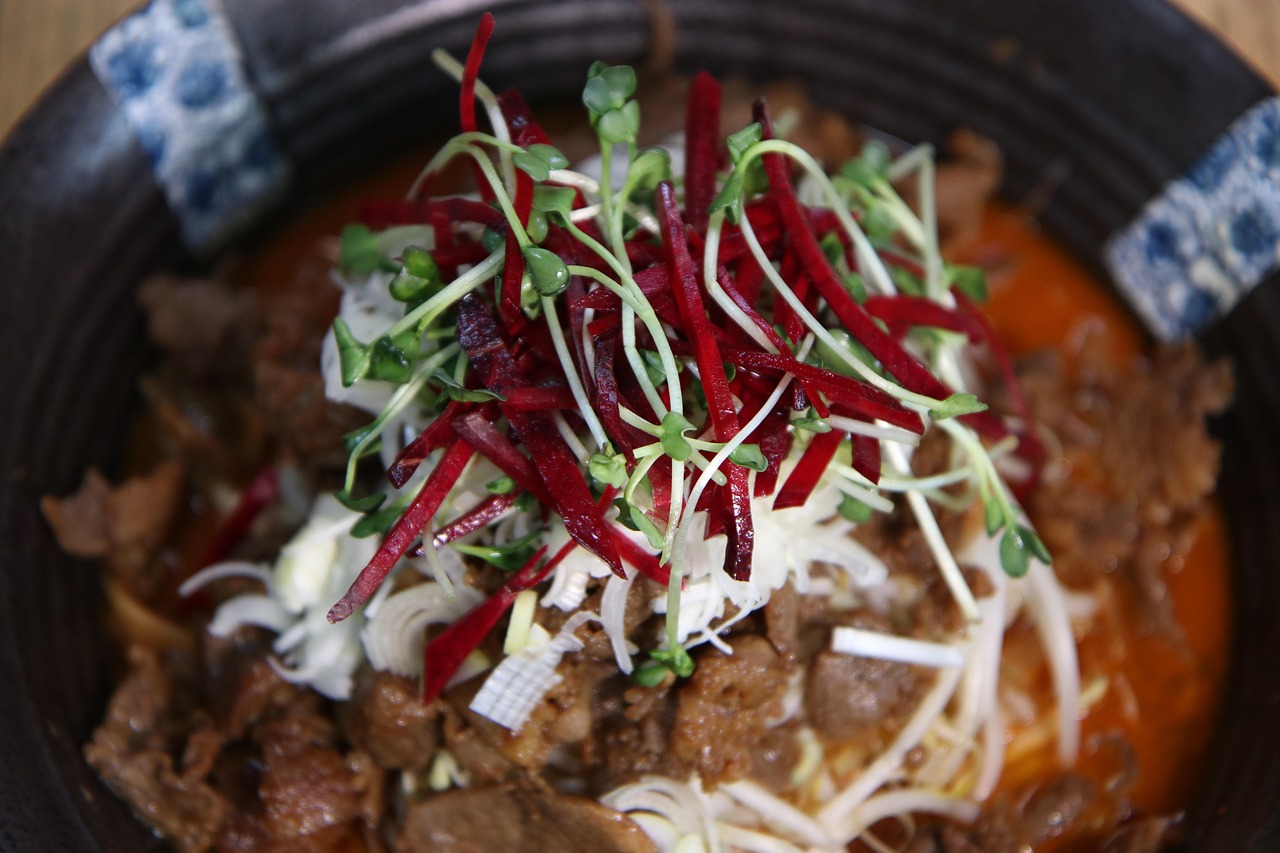


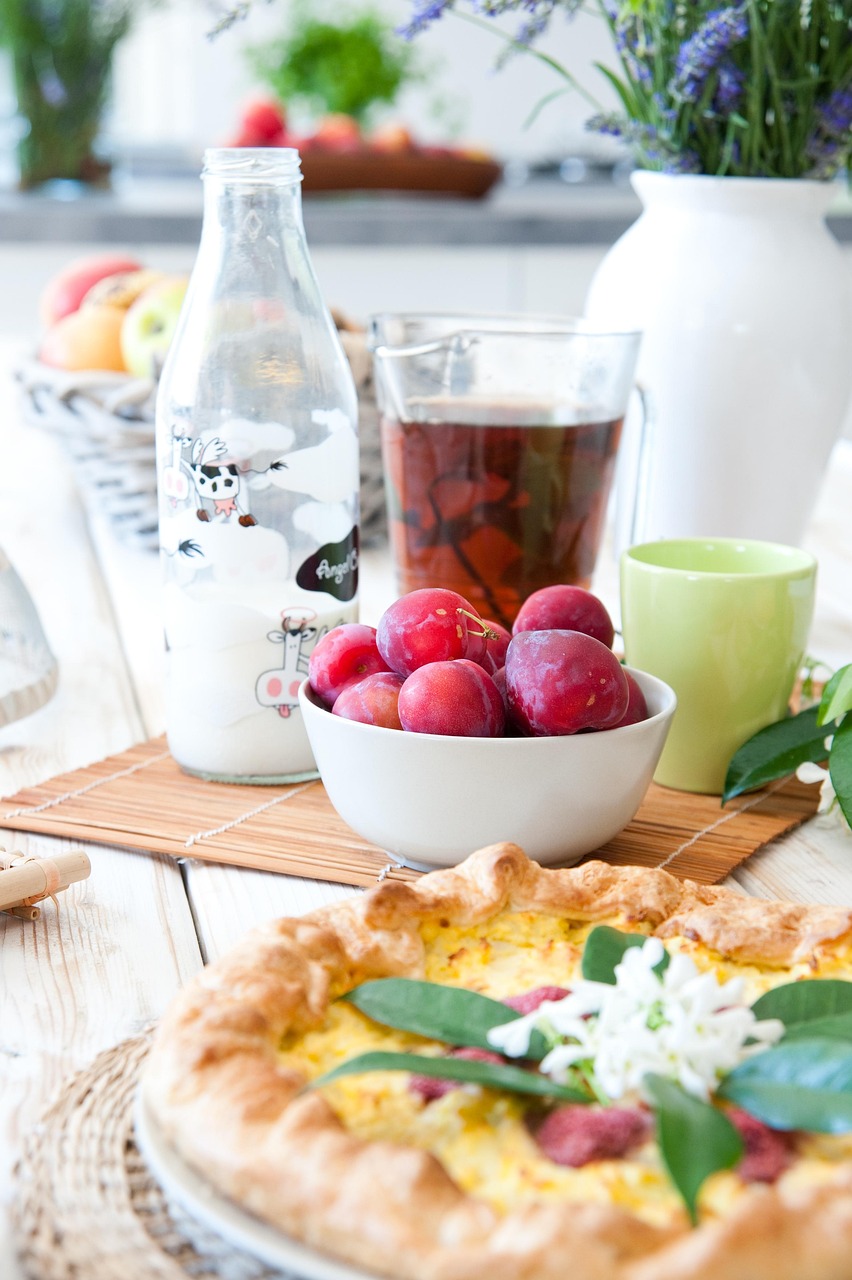
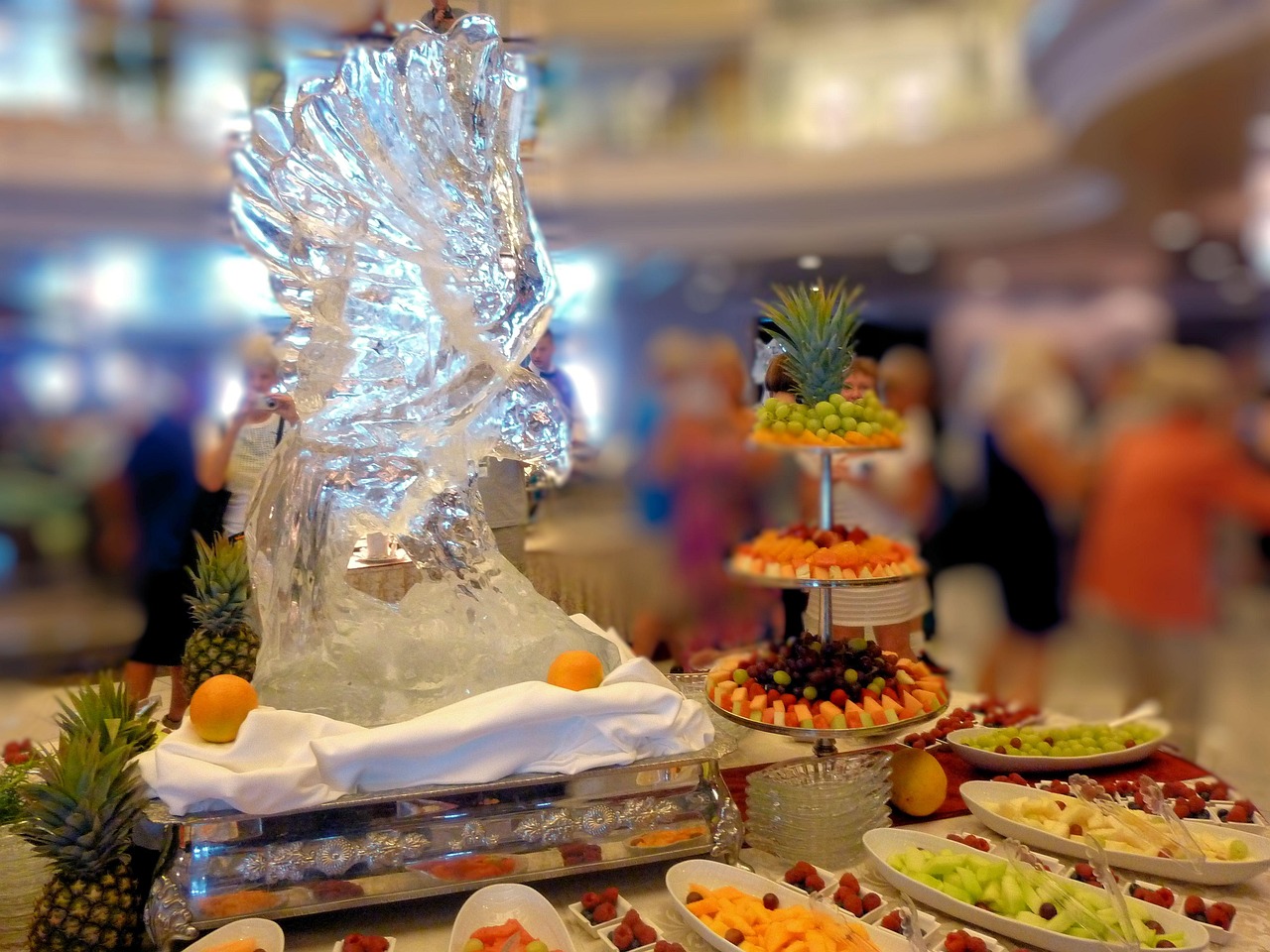
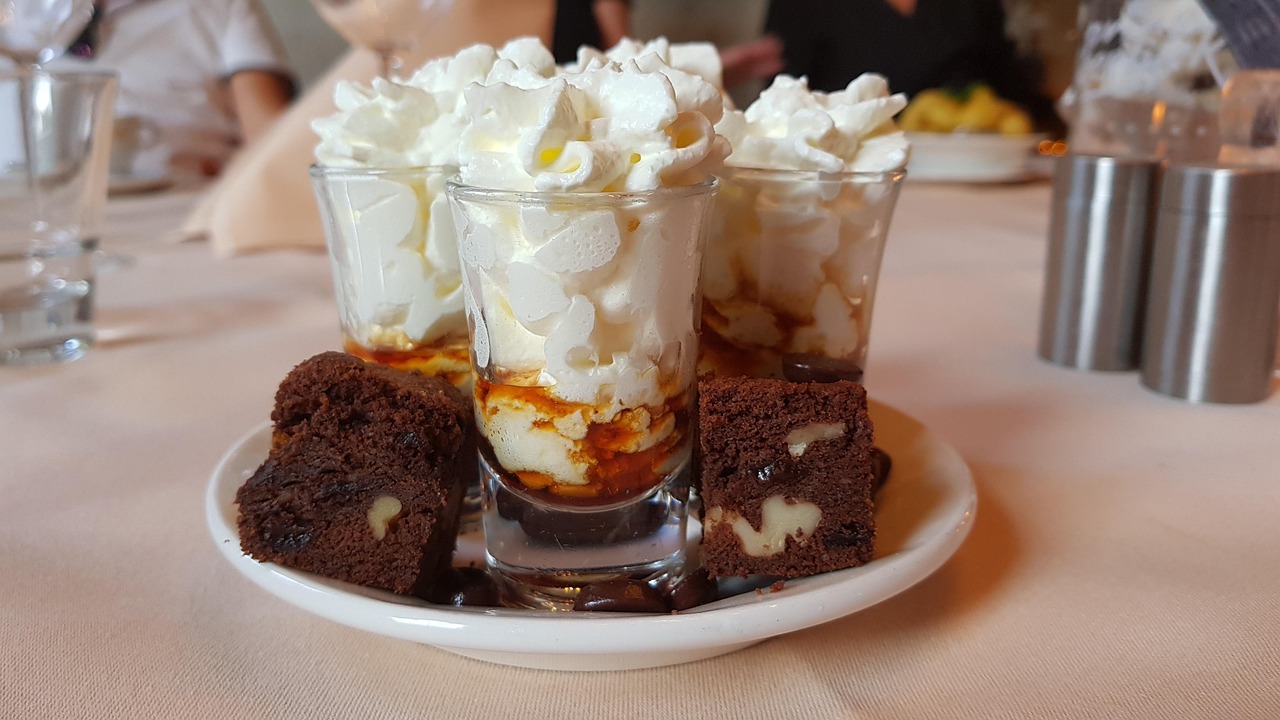
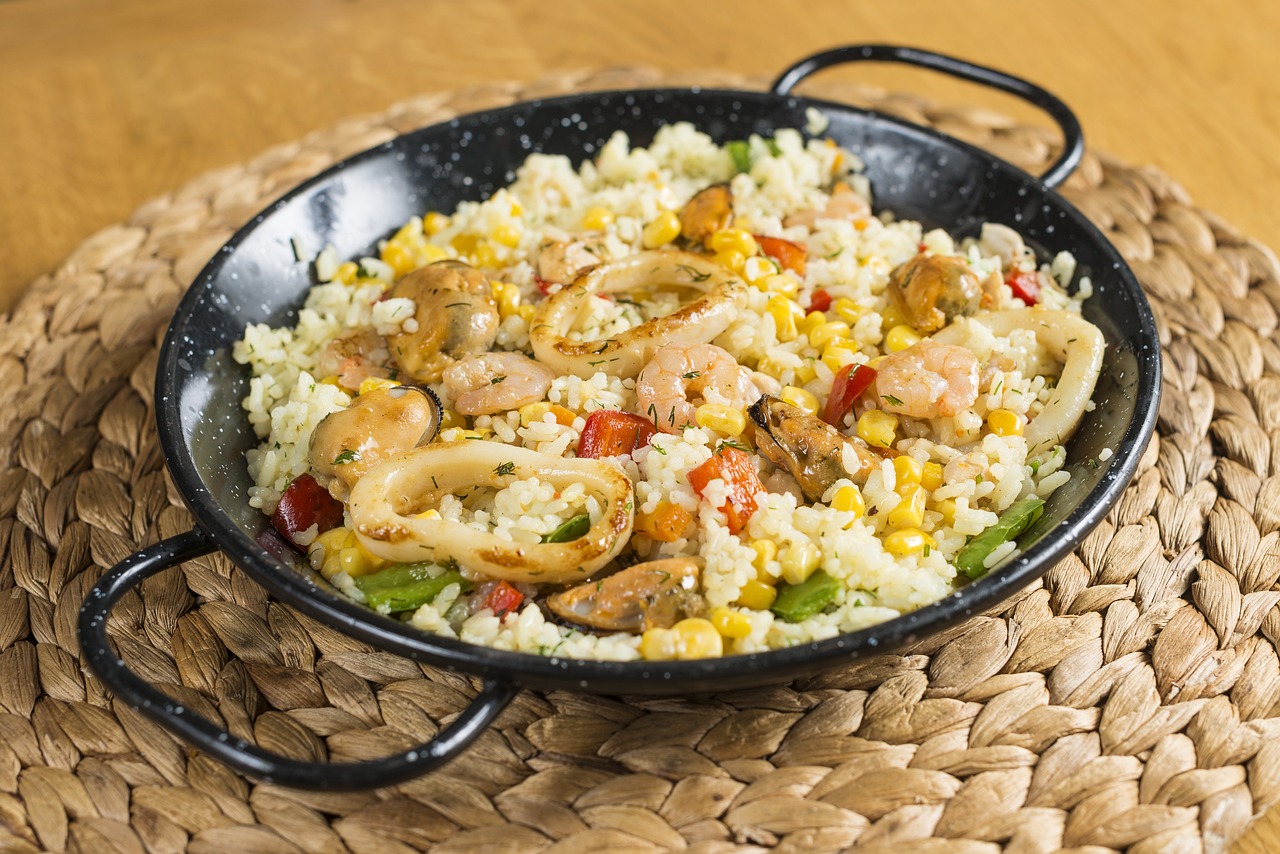
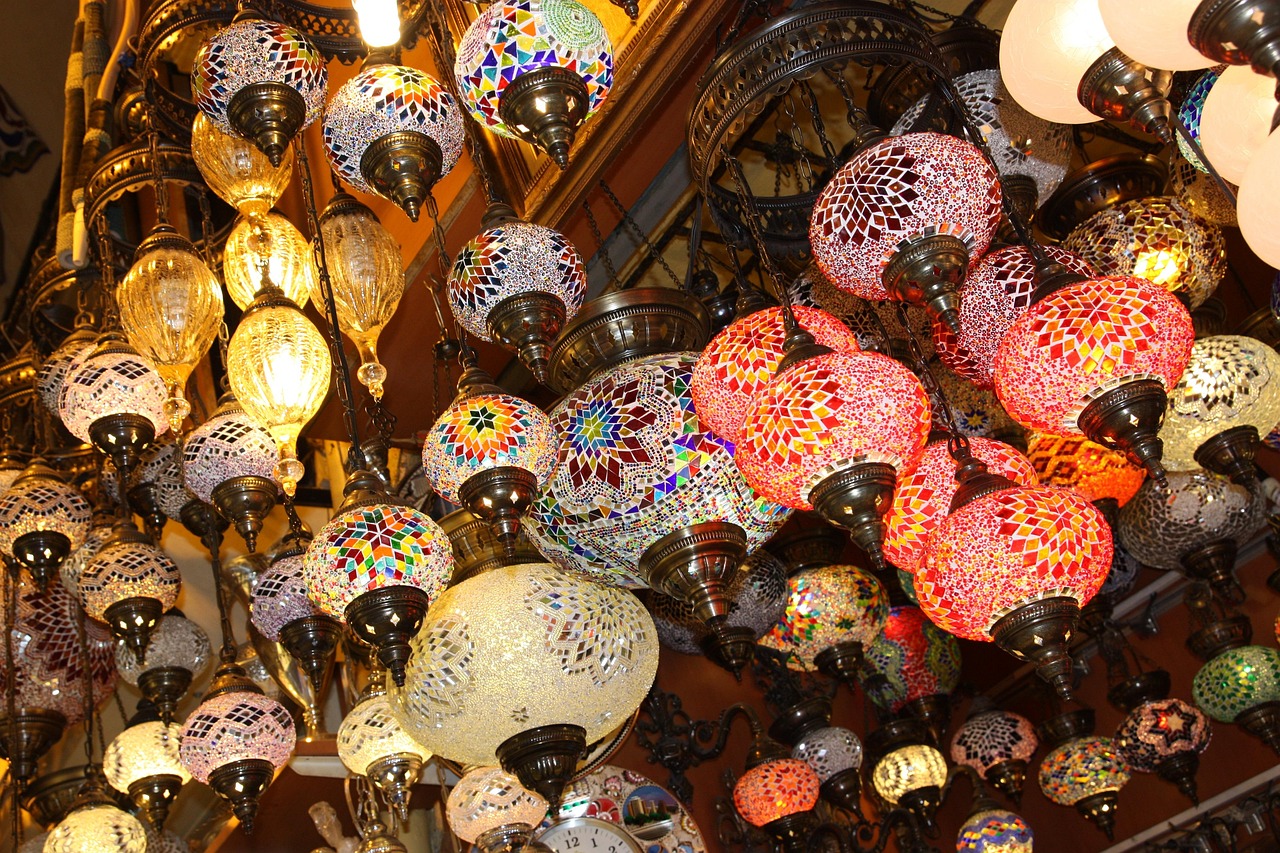
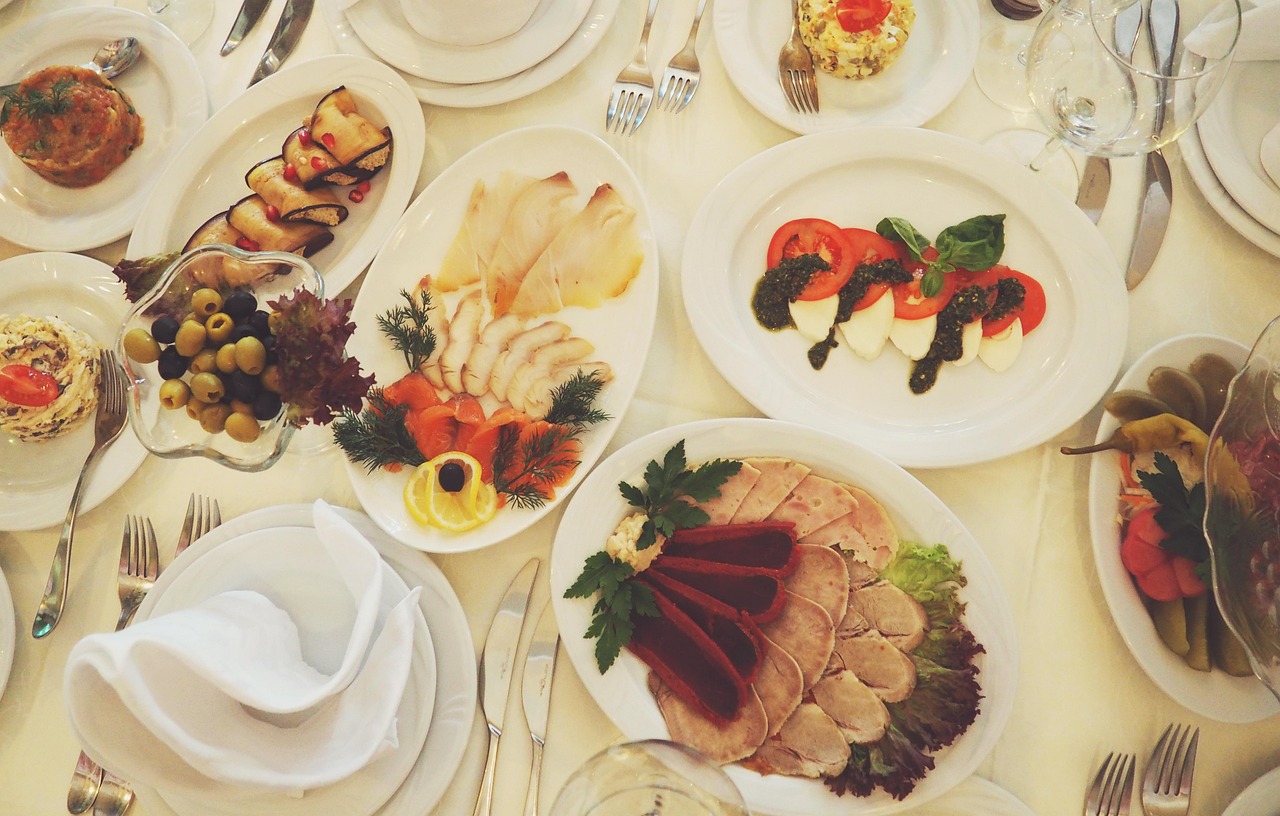
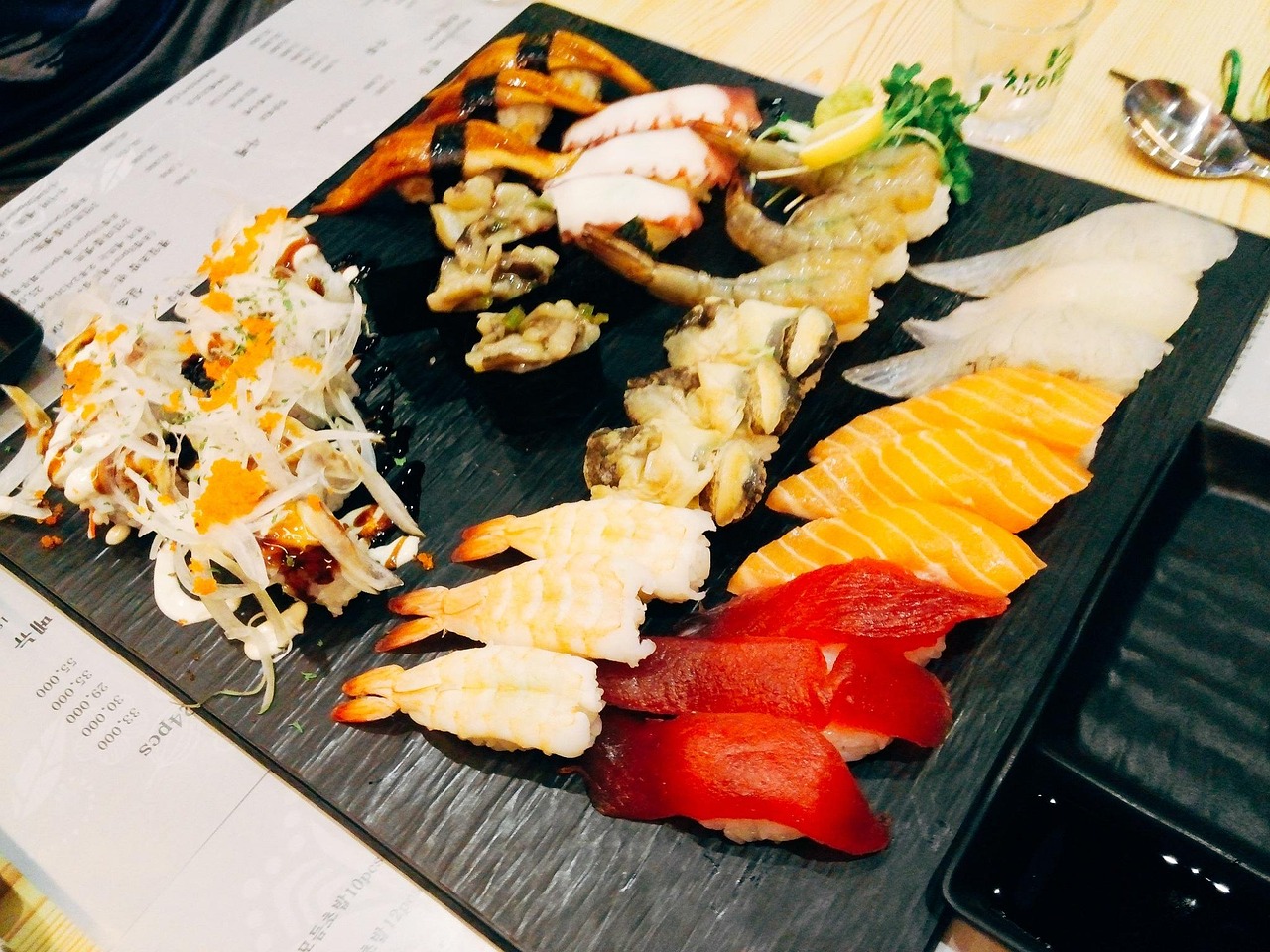
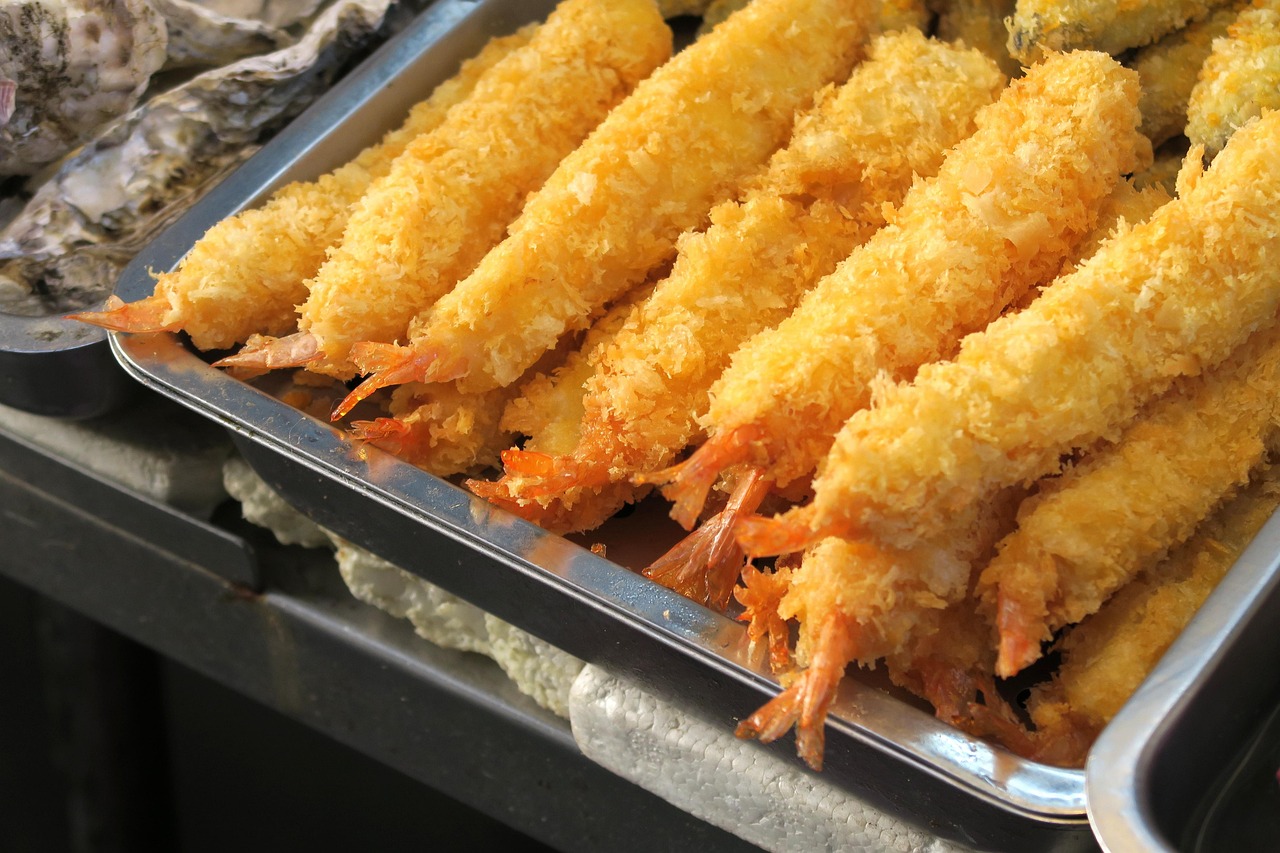
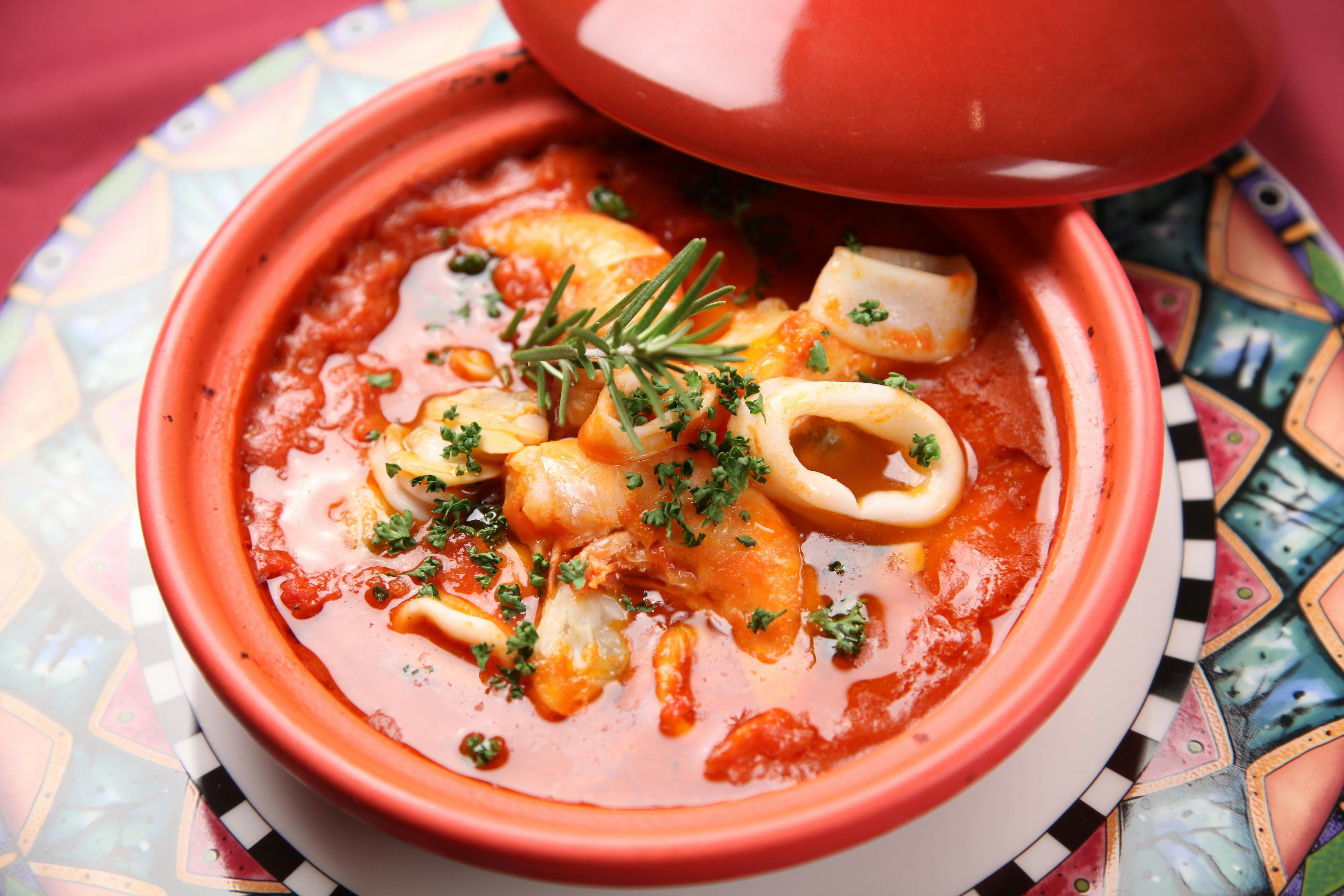
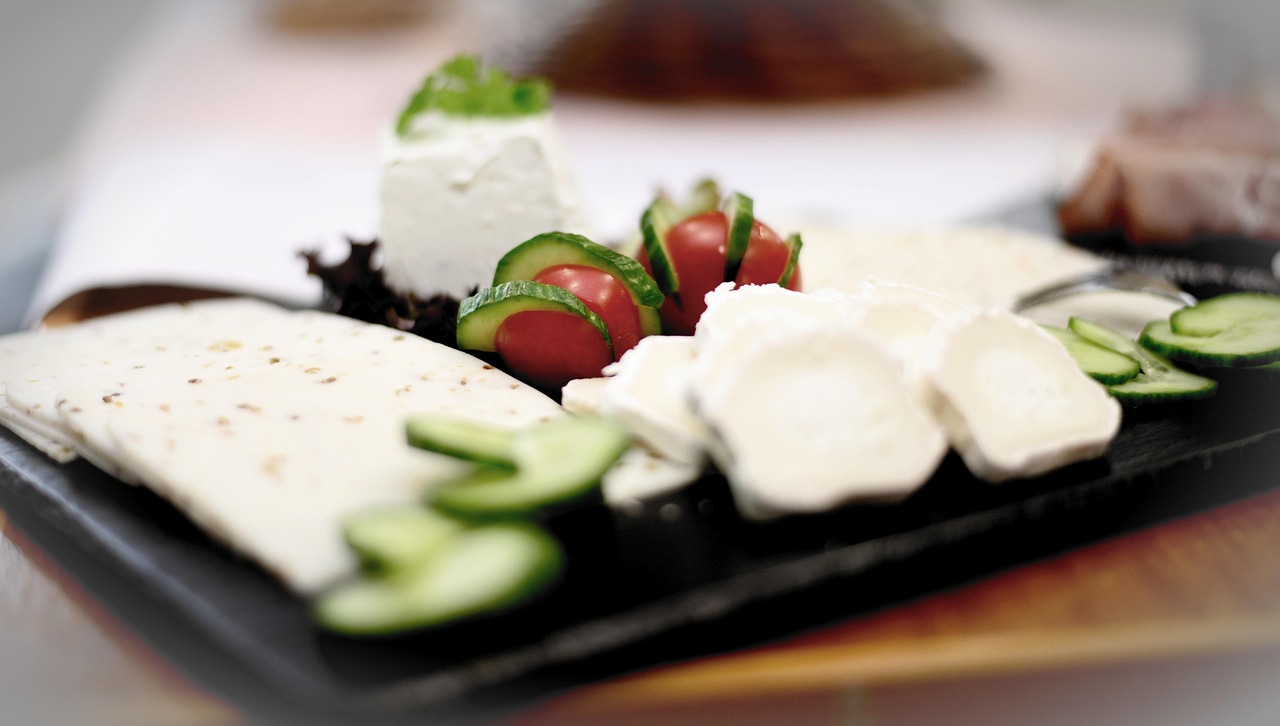
 京公网安备11000000000001号
京公网安备11000000000001号 闽ICP备2023004937号-3
闽ICP备2023004937号-3